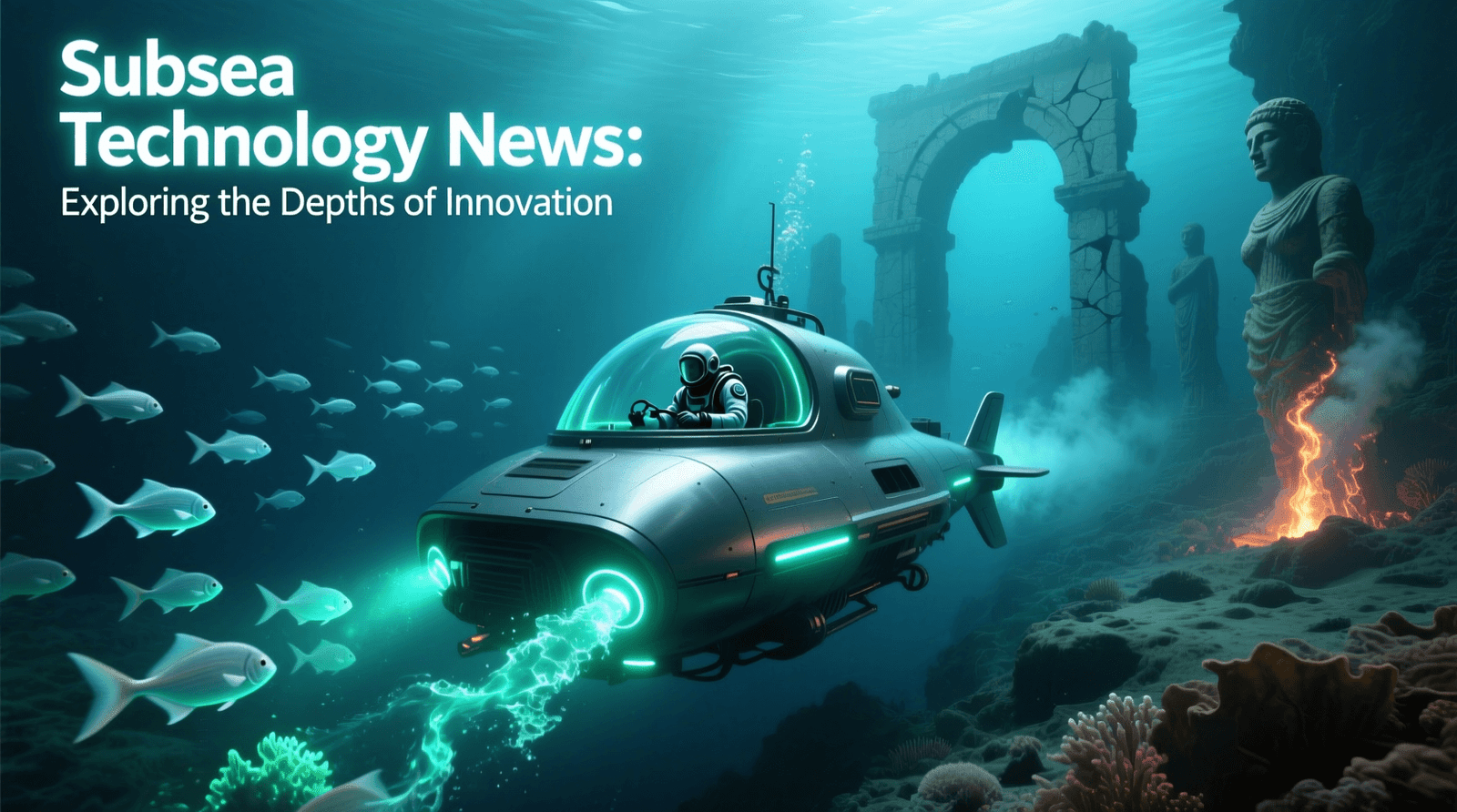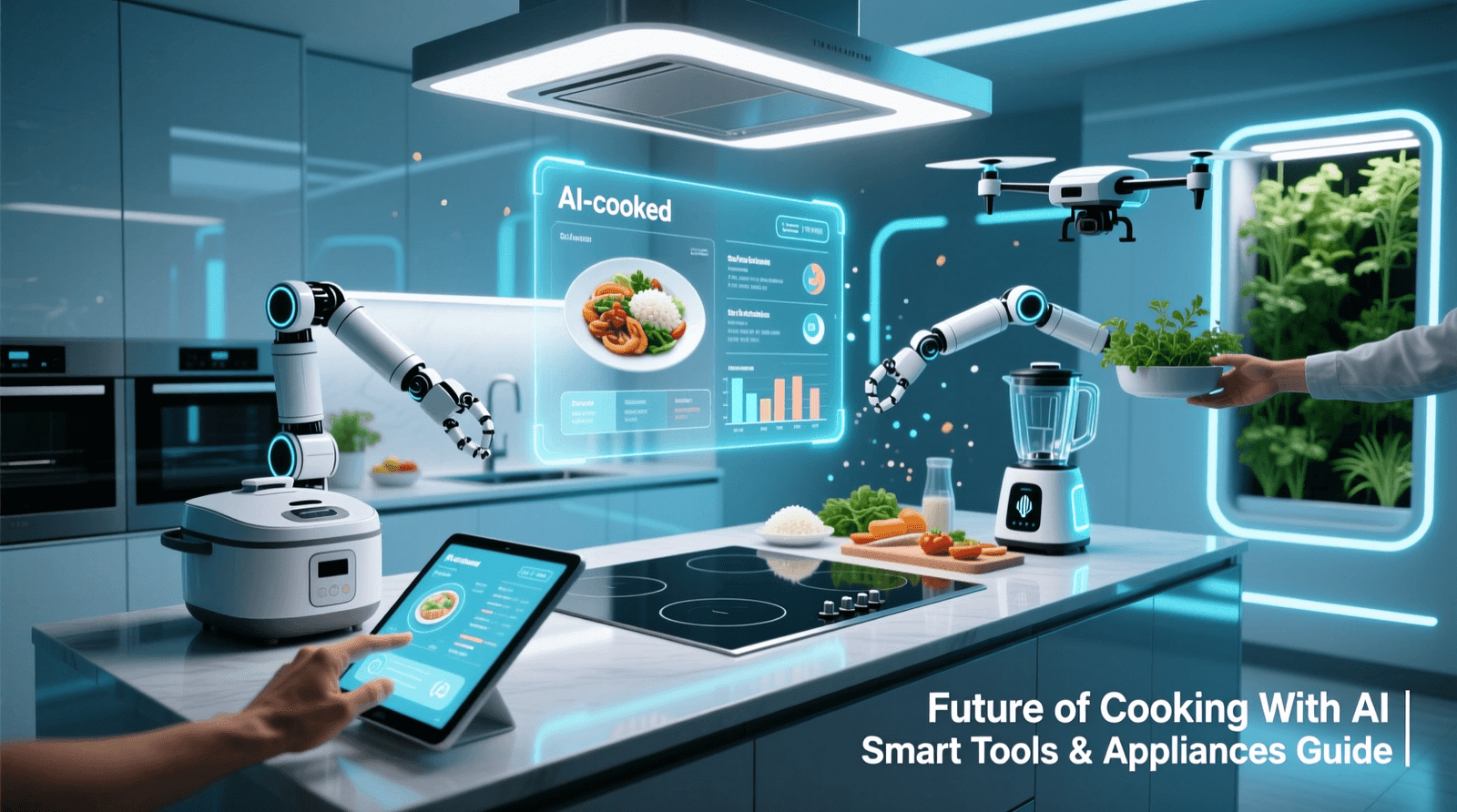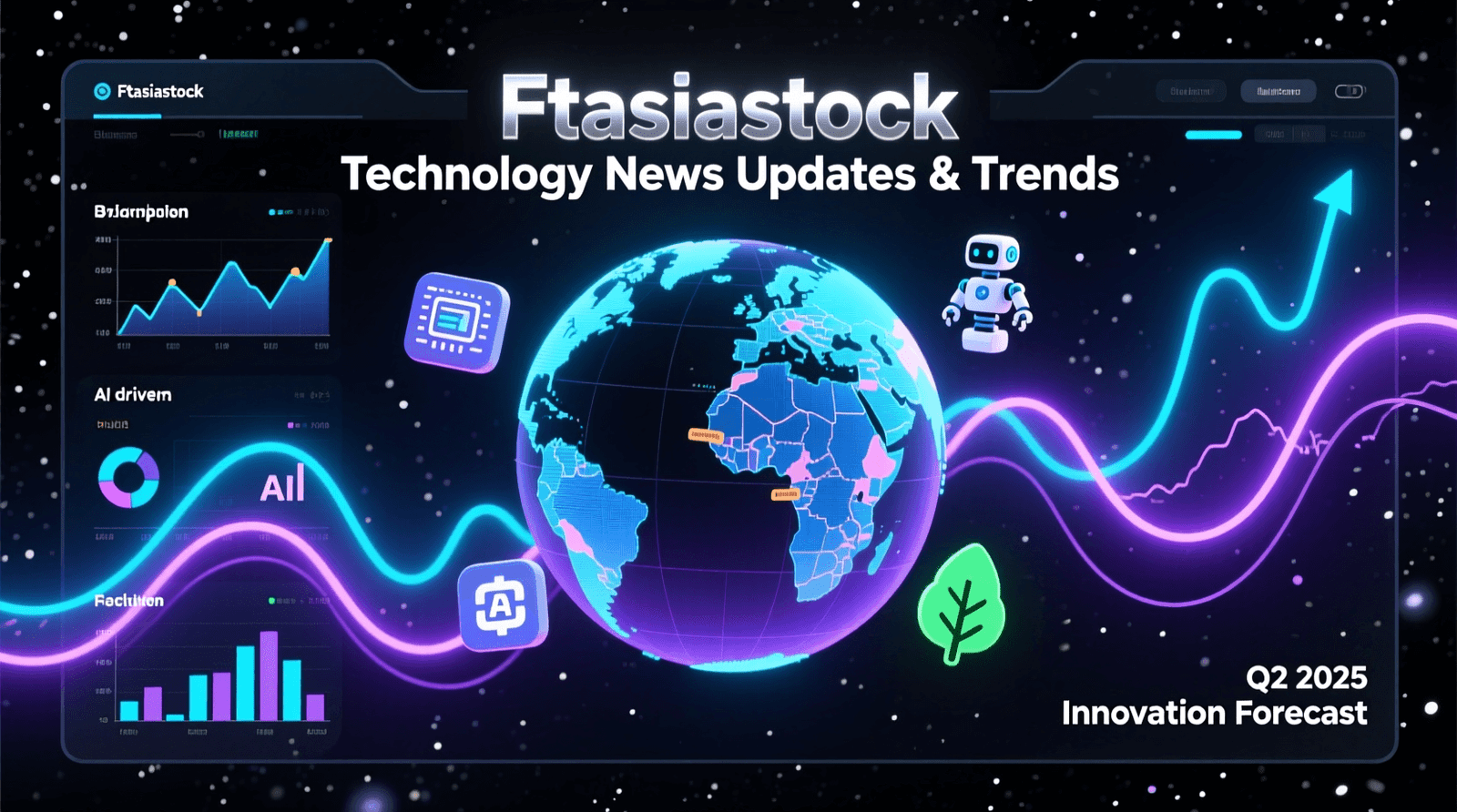Imagine a storm-battered ship slicing through towering waves, its crew relying on a web of satellites, sensors, and algorithms to chart the safest course. Once a scene from science fiction, this is now the reality of the maritime industry, transformed by the Maritime Technologies Complex—a dynamic ecosystem of cutting-edge innovations reshaping how we navigate, trade, and protect our oceans. From AI-driven route optimization to blockchain-secured supply chains, this complex is steering the maritime sector toward a smarter, greener, and more efficient future. In this blog post, we dive deep into the technologies driving this revolution, backed by the latest data, and explore their impact on global trade and sustainability.
What is the Maritime Technologies Complex?
The Maritime Technologies Complex refers to an interconnected network of advanced technologies—Artificial Intelligence (AI), Internet of Things (IoT), blockchain, big data analytics, and autonomous systems—integrated to enhance the efficiency, safety, and sustainability of maritime operations. This complex spans vessel navigation, port management, cargo tracking, and environmental compliance, addressing the industry’s most pressing challenges.
In 2023, the global maritime digitization market was valued at USD 175 billion and is projected to reach USD 395 billion by 2033, growing at a compound annual growth rate (CAGR) of 8.5%. This growth is fueled by the adoption of digital technologies to streamline operations and meet stringent environmental regulations.
Key Technologies Shaping the Maritime Landscape
1. Artificial Intelligence and Machine Learning
AI is revolutionizing maritime operations by enabling predictive maintenance, optimizing routes, and enhancing decision-making. In 2023, the AI segment accounted for over 32.5% of the maritime digitization market share, underscoring its dominance. For example, AI algorithms analyze real-time data on weather, vessel performance, and cargo demand to reduce fuel consumption by up to 10%, significantly lowering greenhouse gas emissions. Companies like Windward leverage AI to provide real-time insights for trading and logistics, improving compliance and risk management.
2. Internet of Things (IoT) and Real-Time Connectivity
IoT devices, such as smart containers and intelligent ships, enable continuous monitoring and operational optimization. In 2023, Maersk and MSC utilized IoT sensors to track reefer containers, monitoring temperature, humidity, and vibration to ensure cargo integrity. Low Earth Orbit (LEO) satellite technology has further enhanced connectivity, providing high-speed internet access even in remote oceanic regions, improving supply chain visibility.
3. Blockchain for Transparency and Security
Blockchain technology is transforming maritime logistics by ensuring secure, transparent transactions. In 2017, Hyundai Merchant Marine piloted blockchain for non-documentary booking and delivery processes, reducing paperwork and errors. By 2024, initiatives like Maersk and IBM’s TradeLens platform have digitized supply chain documentation, with over 1.5 million shipping events recorded daily, enhancing trust and efficiency.
4. Big Data Analytics for Operational Efficiency
The maritime industry generates massive data—approximately 50 terabytes per vessel annually. Big data analytics processes this information to uncover patterns, optimize routes, and improve safety. For instance, MarineTraffic’s analytics platform uses Automatic Identification System (AIS) data to track vessel movements in real-time, aiding in collision avoidance and port scheduling. In 2023, ports adopting big data reported a 15% reduction in waiting times due to improved cargo tracking and transshipment efficiency.
5. Autonomous Vessels and Digital Twins
Autonomous vessels, powered by AI and IoT, are on the horizon. In 2024, projects like VesselAI explored digital twins—virtual replicas of ships and ports—to enhance design and performance monitoring. While fully autonomous ships are still in development, 21% of vessels on order in 2023 were designed to operate on alternative fuels like methanol and hybrid technologies, signaling a shift toward greener, tech-driven fleets.
The Impact on Global Trade and Sustainability
The Maritime Technologies Complex is pivotal to global trade, which relies on maritime transport for over 90% of goods. In 2022, maritime trade volumes dipped by 0.4% due to geopolitical disruptions, but a 2.4% rebound was recorded in 2023, with growth projected above 2% through 2028. Technologies like AI and blockchain have reduced port congestion, with major ports like Singapore reporting nearly double the waiting times in 2023 due to rerouted vessels, yet maintaining efficiency through digitalization.
Sustainability is a core driver. With 98.8% of the global fleet still reliant on fossil fuels in 2023, the industry faces pressure to decarbonize. The International Maritime Organization (IMO) has set ambitious targets, and technologies like alternative fuel systems and AI-driven route optimization are critical. For example, Höegh Evi and Wärtsilä’s 2023 project developed a floating ammonia-to-hydrogen cracker, advancing the energy transition.
Challenges and the Road Ahead
Despite its promise, the Maritime Technologies Complex faces hurdles. Cybersecurity risks, data privacy concerns, and the integration of legacy systems pose significant challenges. The lack of standardization across digital platforms can increase operational costs, while a shortage of skilled personnel hampers adoption. Collaborative efforts among industry stakeholders, regulatory bodies, and technology providers are essential to establish interoperable standards and robust training programs.
Looking ahead, the industry is poised for transformation. By 2030, the adoption of digital twins and autonomous systems is expected to reduce operational costs by 20%, while climate-proofed infrastructure will mitigate risks from extreme weather. The Maritime Technologies Complex will continue to evolve, driven by innovation and the urgent need for sustainability.
FAQs
Q: What is the Maritime Technologies Complex?
A: It’s an ecosystem of advanced technologies like AI, IoT, blockchain, and big data analytics that enhance maritime operations, from navigation to port management.
Q: How does AI improve maritime operations?
A: AI optimizes routes, predicts maintenance needs, and enhances decision-making, reducing fuel consumption by up to 10%.
Q: What role does blockchain play in shipping?
A: Blockchain ensures secure, transparent transactions, reducing paperwork and errors in supply chain documentation.
Q: Are autonomous ships widely used?
A: Not yet, but projects like VesselAI are advancing digital twins and autonomous technologies, with 21% of new vessels designed for alternative fuels.
Q: How does the Maritime Technologies Complex support sustainability?
A: It promotes decarbonization through alternative fuels, route optimization, and digital tools, addressing the 98.8% fossil fuel dependency of fleets.





One thought on “Navigating the Future: The Maritime Technologies Complex Unveiled”
Comments are closed.